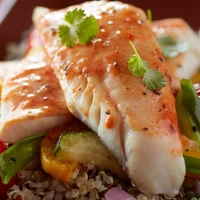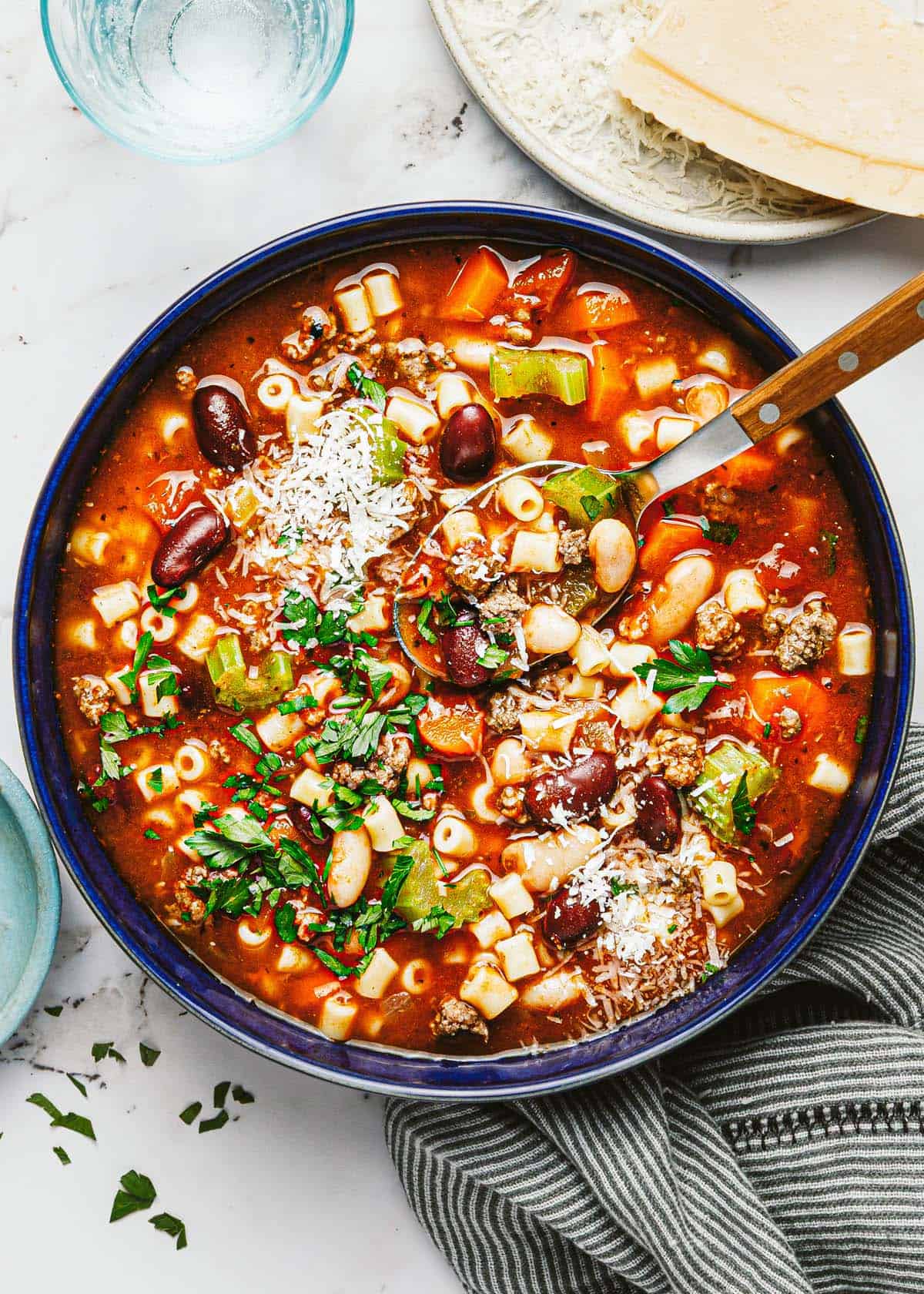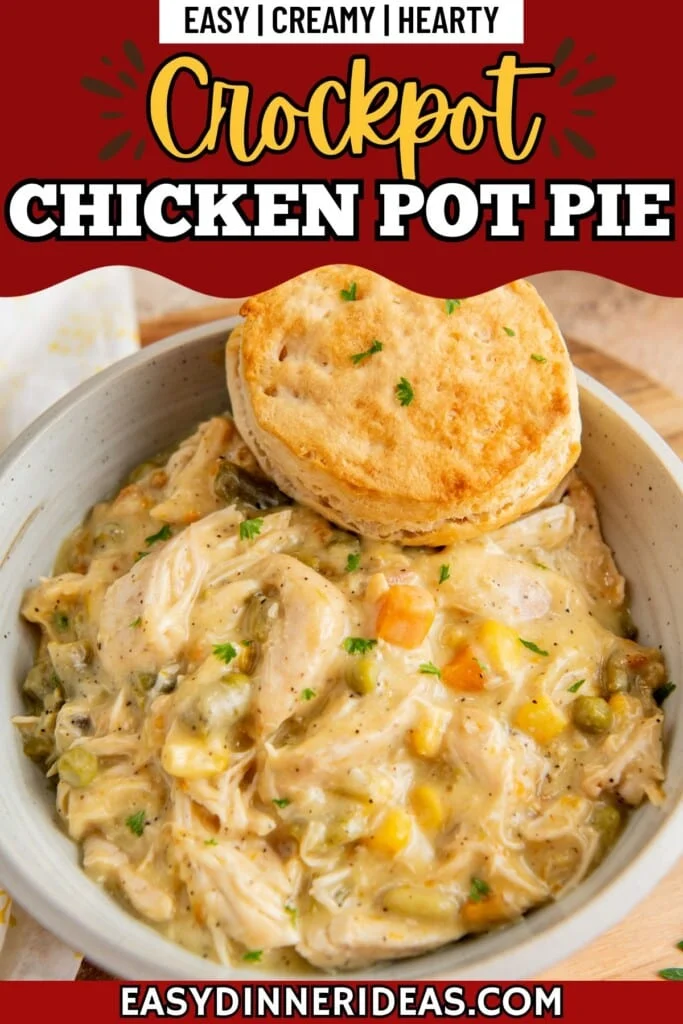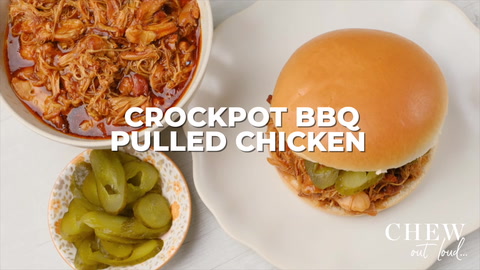Vegan Asian Recipes: A Flavorful Journey Through Plant-Based Asian Cuisine
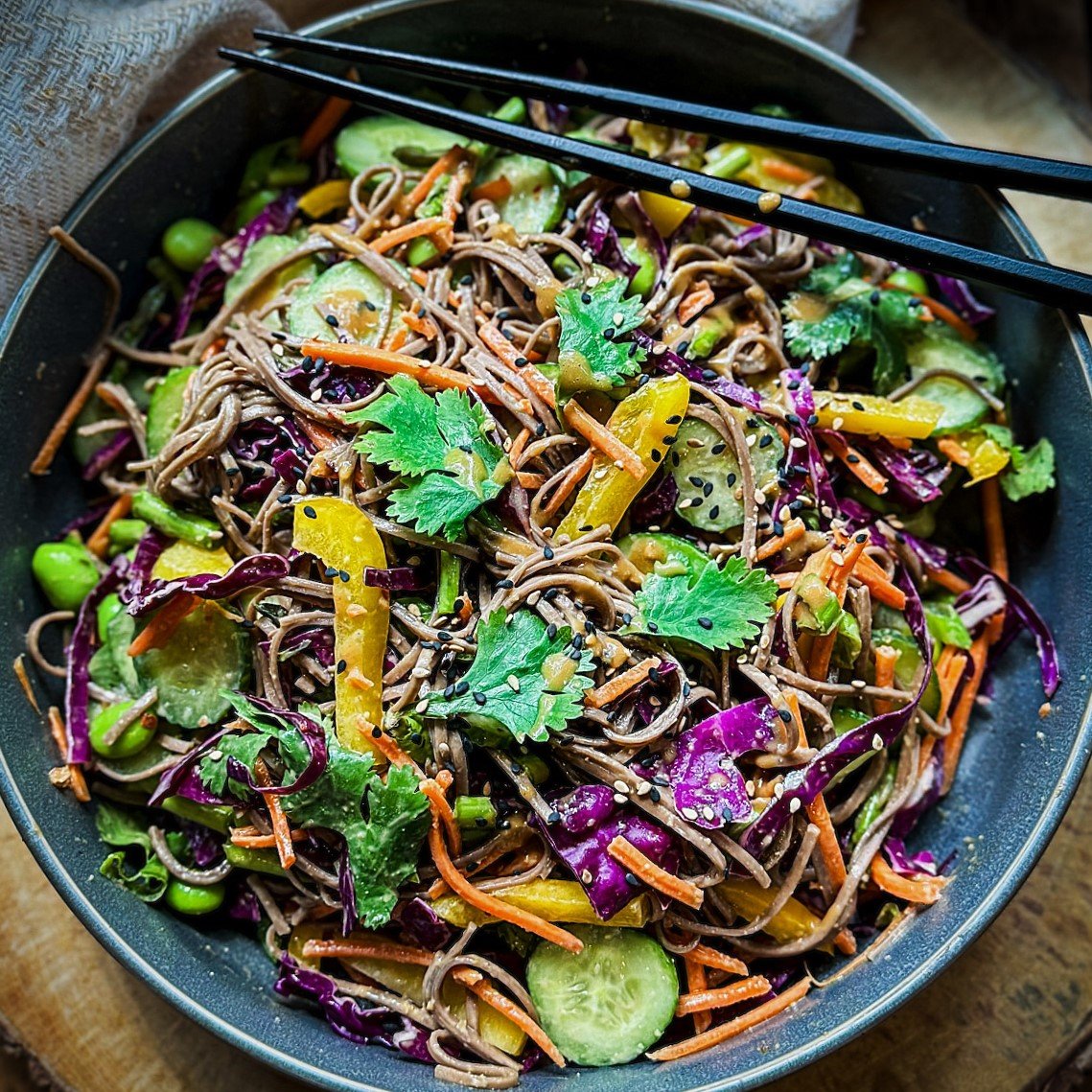
Preface
Asian cookery is one of the Vegan Asian most different, vibrant, and scrumptious in the world. It is a festivity of color, spice, and balance. Traditionally, numerous Asian dishes formerly featured vegetables, tofu, legumes, and rice as main ingredients, making them an excellent foundation for vegan cuisine.
In recent times, the fashionability of vegan Asian fashions has soared. Home cooks and cafes likewise are conforming classic dishes to produce factory-grounded performances that retain their authentic flavors while being healthier and more sustainable. Whether you’re a lifelong vegan, someone experimenting with factory-grounded eating, or simply looking for new dishes to expand your culinary horizons, vegan Asian cookery offers a wealth of succulent possibilities.
In this composition, we’ll explore the foundations of vegan Asian cuisine, highlight must-try fashions from different regions, bandy essential constituents, and give tips for cooking these dishes at home. By the end, you’ll have a deeper appreciation for how different and innovative vegan Asian fashions can be.
The Foundations of Vegan Asian cuisine
Factory– Grounded Staples in Asian Cuisine
importance of Asian cuisine naturally lends itself to veganism because it relies on factory-grounded masses
Legumes and beans: Lentils, mung sap, and chickpeas( especially in Indian cuisine).
Vegetables: Bok choy, napa cabbage, mushrooms, eggplant, spinach, carrots, and peppers.
Aromatics: Ginger, garlic, onions, lemongrass, and scallions.
The Balancing Act Flavor Biographies
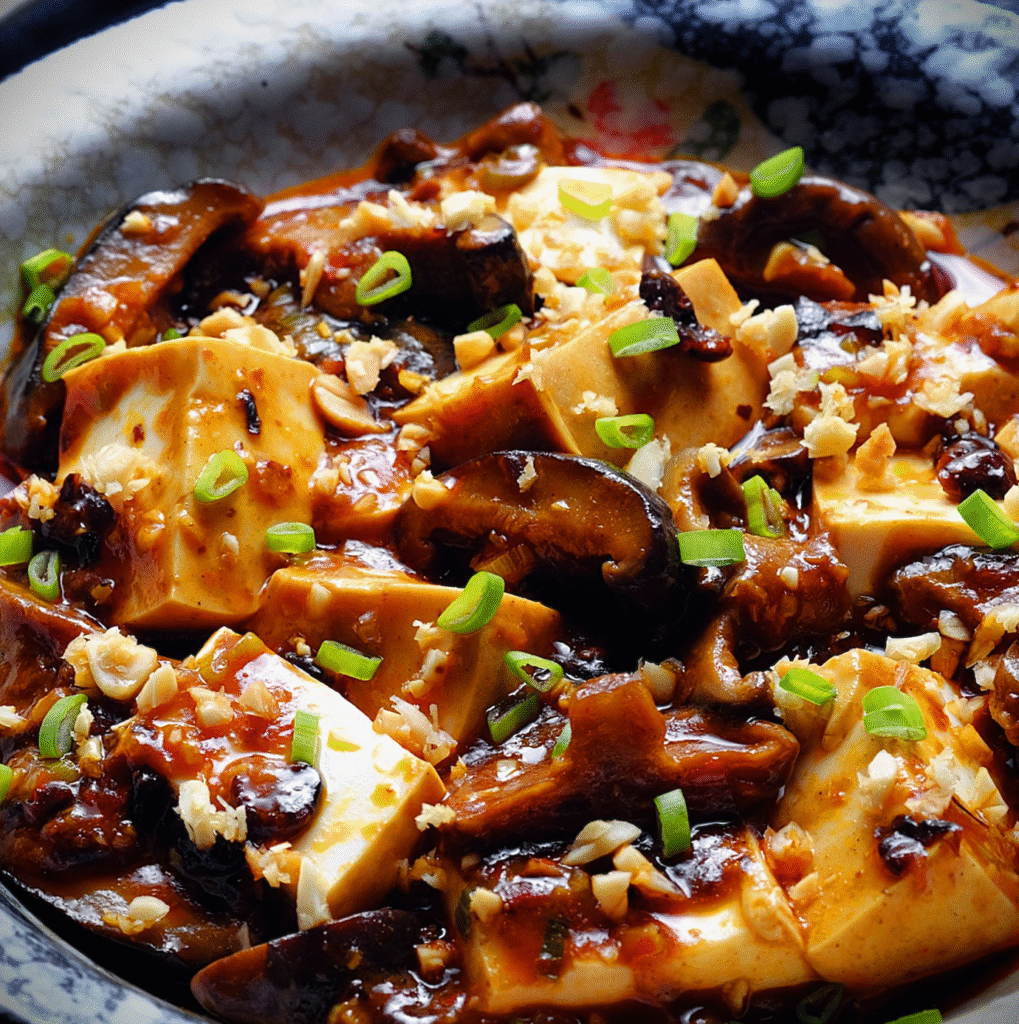
Asian cookery frequently relies on a balance of five crucial flavors: sweet, salty, sour, bitter, and umami. Vegan fashions achieve this balance with factory-grounded negotiations like
agreeableness, Coconut sugar, win sugar, or maple saccharinity.
Saltness Soy sauce, tamari, or miso paste.
Sourness: Rice, ginger, lime juice, or tamarind.
Bitterness: Flora like kale, mustard leaves, or bitter melon.
Umami Mushrooms, seaweed, instigated soy, or nutritive incentive.
This approach ensures vegan dishes remain rich and satisfying without beast- grounded products.
Vegan Asian fashions by Region
1. Vegan Chinese fashions
Chinese cookery is vast, but vegan-friendly dishes proliferate.
Mapo Tofu( Vegan Style) – Traditionally made with ground pork, this dish is just as satisfying with mushrooms or atrophied tofu as the protein base. Cooked in a racy Sichuan pepper sauce, it delivers that iconic deadening heat.
Vegetable Dumplings – Filled with cabbage, carrots, shiitake mushrooms, and garlic chives, these dumplings are a staple in numerous homes. Brume orpan-fry for crisp edges.
Stir-Fried Bok Choy with Garlic – A quick, healthy side dish made with tender bok choy, soy sauce, and garlic.
2. Vegan Japanese fashions
Japanese cuisine emphasizes simplicity and balance.
Miso Soup with Tofu and Seaweed – Use kombu( kelp) for broth, tofu cells for protein, and wakame for texture.
Vegan Ramen – exchange pork broth for miso or mushroom- grounded broth. Top with tofu, sludge, nori, and bean sprouts.
3. Vegan Thai fashions
Vegan Pad Thai – Rice noodles stir-fried with tamarind sauce, tofu, peanuts, and bean sprouts.
Green Curry with Vegetables – Coconut milk- grounded curry with eggplant, bamboo shoots, and bell peppers.
Tom Yum Soup( Vegan) – A hot and sour haze seasoned with lemongrass, galangal, and lime juice, made vegan with mushrooms instead of shrimp.
4. Vegan Indian fashions
India is one of the most vegan-friendly regions in the world due to its reliance on legumes, vegetables, and spices.
Chana Masala – A chickpea curry cooked with tomatoes, onions, and spices.
Vegan Dal Tadka – Lentils coddled with garlic, cumin, and chili oil painting.
Masala Dosa – A rice and lentil waffle filled with seasoned potatoes.
5. Vegan Korean fashions
Korean cookery features bold flavors, frequently fermented and racy.
Bibimbap( Vegan) – A rice coliseum outgunned with varied vegetables, kimchi, tofu, and gochujang( Korean chili paste).
Vegan Japchae –Stir-fried glass noodles with carrots, spinach, and mushrooms.
Kimchi( Vegan) – Traditional kimchi frequently contains fish sauce, but vegan performances use seaweed or soy sauce for depth.
6. Vegan Vietnamese fashions
Vietnamese cuisine is light, fresh, and condiment-heavy.
Banh Mi( Vegan) – A sandwich with pickled vegetables, tofu, and vegan mayo in a crisp baguette
Tips for Cooking Vegan Asian Fashions at Home
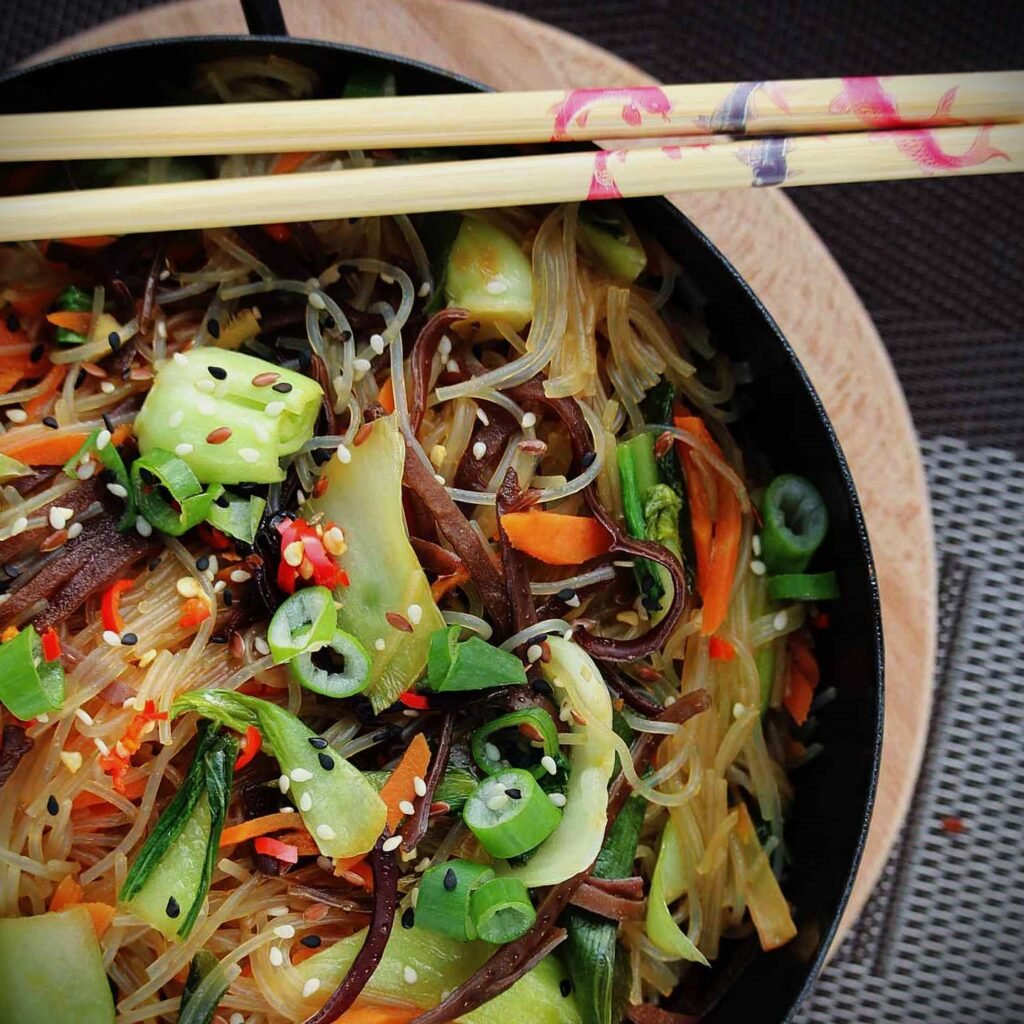
Stock a Closet with rudiments – Soy sauce, miso paste, rice, ginger, coconut milk, and chili paste are must- plutocrats.
Invest in Key Tools – A wok, bamboo steamer, and rice cooker make medication easier.
Batch Cook – numerous curries, mists, and rice dishes taste better the next day.
Balance Flavors – Always check the harmony of sweet, salty, sour, and umami in your dish.
Health Benefits of Vegan Asian fashions
Nutrient-thick – Packed with vegetables, legumes, and whole grains.
Lower in Saturated Fat – Plant- grounded performances reduce cholesterol and unhealthy fats.
Rich in Fiber – Legumes and vegetables promote digestion.
Different Micronutrients – Sauces and spices offer antioxidants and anti-inflammatory properties.
Sustainable – Factory- Factory-grounded reflections are environmentally friendlier compared to meat-heavy diets.
Sample Vegan Asian Mess Plan
Breakfast: Vegan miso haze with rice and pickled vegetables( Japanese style).
Lunch: Chana masala with basmati rice and cucumber salad( Indian style).
Snack: Fresh spring rolls with peanut dipping sauce( Vietnamese style).
regale Vegan green curry with jasmine rice( Thai style).
Cate Mango sticky rice( Thai style, made with coconut milk).
This plan demonstrates how different and satisfying vegan Asian fashions can be in a single day.
Final studies
Asian cookery is innately different and adaptable, making it a natural fit for factory-grounded cuisine. From the savory comfort of vegan ramen to the refreshing crunch of Vietnamese spring rolls, vegan Asian fashions prove that you don’t need beast products to enjoy rich, complex flavors. They showcase the creativity of societies that have been cooking with shops for centuries, long before veganism became a global trend.
For anyone looking to expand their culinary force, reduce their reliance on beast products, or simply explore new tastes, vegan Asian dishes are a perfect starting point. They’re scrumptious, nutritional, and deeply satisfying — a true festivity of culinary tradition with an ultramodern, compassionate twist.
So, snare your wok, stock up on tofu and spices, and let the adventure into vegan Asian cuisine begin.


